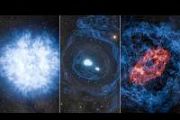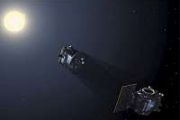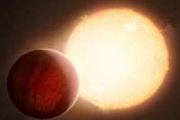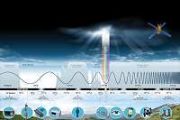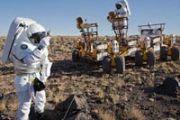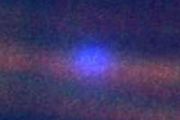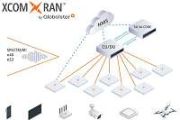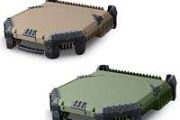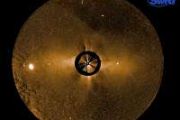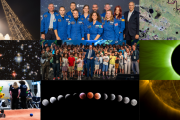
Copernical Team
Permafrost thaw could release bacteria and viruses
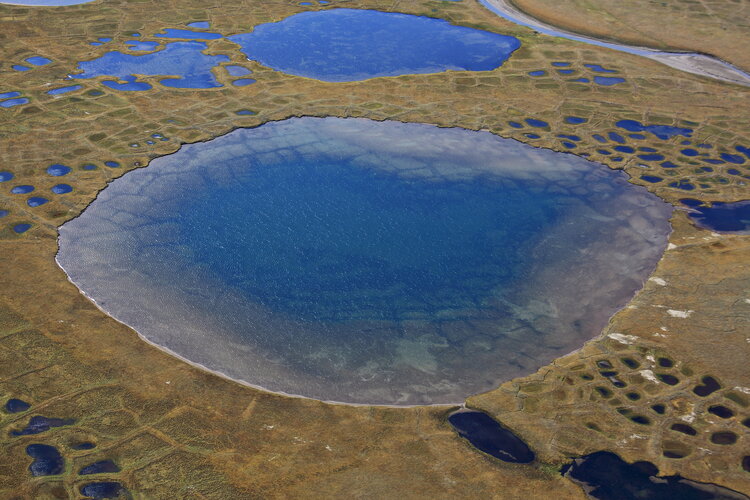
When considering the implications of thawing permafrost, our initial worries are likely to turn to the major issue of methane being released into the atmosphere and exacerbating global warming or issues for local communities as the ground and infrastructure become unstable. While this is bad enough, new research reveals that the potential effects of permafrost thaw could also pose serious health threats.
As part of the ESA–NASA Arctic Methane and Permafrost Challenge, new research has revealed that rapidly thawing permafrost in the Arctic has the potential to release antibiotic-resistant bacteria, undiscovered viruses and even radioactive waste from Cold War nuclear
Proba-1 Celebrates 20th Birthday In Orbit
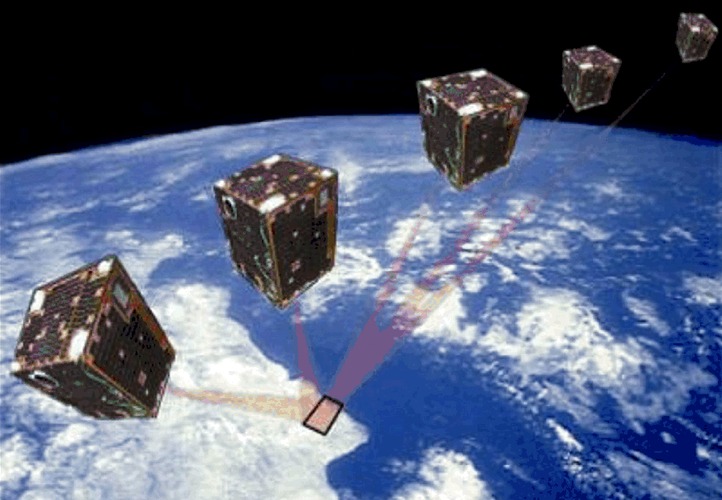
On this day, twenty years ago, ESA’s first small satellite, Proba-1 (Project for On Board Autonomy), was launched with just one goal – to prove technologies in space.
Week in images: 18 - 22 October 2021
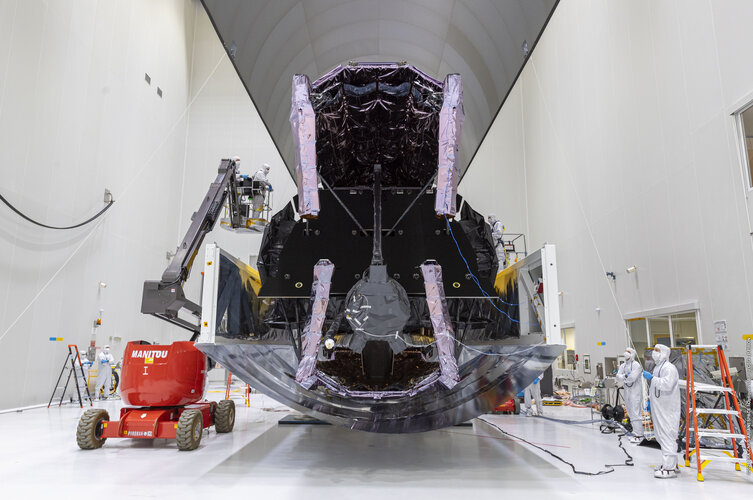
Week in images: 18 - 22 October 2021
Discover our week through the lens
Artemis I stacked
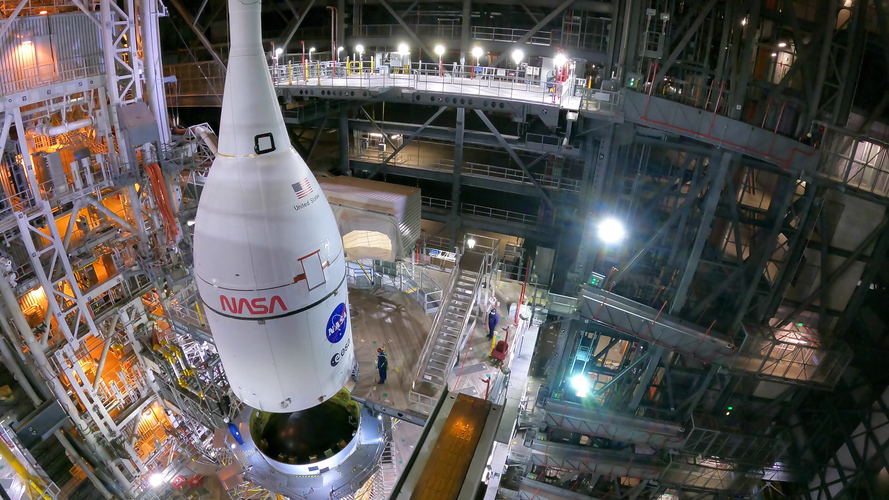 Video:
00:04:28
Video:
00:04:28
Time lapse of the stacking of the Orion spacecraft on top of the fully assembled Space Launch System (SLS) rocket at NASA’s Kennedy Space Center in Florida, on 21 October 2021, in preparation for the uncrewed Artemis I launch.
For Artemis I, the European Service Module will take the spacecraft more than 64 000 km beyond the Moon in a test flight to demonstrate its capabilities.
The European Service Module is ESA’s contribution to NASA’s Orion spacecraft that will send astronauts to the Moon and beyond. It provides electricity, water, oxygen and nitrogen as well as keeping the spacecraft at the right temperature
US to curb hacking tool exports to Russia, China
 US authorities unveiled Wednesday long-delayed new rules aimed at clamping down on export to nations like Russia and China of hacking technology amid a sharp uptick in cyberattacks globally.
The rules, which are set to go into force in 90 days, would prevent the sale of certain software or devices to a list of countries unless approved by a bureau of the Commerce Department.
"The United
US authorities unveiled Wednesday long-delayed new rules aimed at clamping down on export to nations like Russia and China of hacking technology amid a sharp uptick in cyberattacks globally.
The rules, which are set to go into force in 90 days, would prevent the sale of certain software or devices to a list of countries unless approved by a bureau of the Commerce Department.
"The United North Korea accuses US of 'double standards' over SLBM test
 North Korea accused the United States of "double standards" over weapons testing, state media reported Thursday after an emergency UN Security Council meeting on the issue.
Pyongyang fired a new type of submarine-launched ballistic missile (SLBM) on Tuesday, the latest in a series of tests in recent weeks, prompting the US and Britain to call the diplomatic meeting in New York.
But a spo
North Korea accused the United States of "double standards" over weapons testing, state media reported Thursday after an emergency UN Security Council meeting on the issue.
Pyongyang fired a new type of submarine-launched ballistic missile (SLBM) on Tuesday, the latest in a series of tests in recent weeks, prompting the US and Britain to call the diplomatic meeting in New York.
But a spo DARPA moving SSITH safeguards closer to practical use
 DARPA's System Security Integration Through Hardware and firmware (SSITH) program is exploring hardware security architectures and tools that protect electronic systems against common classes of hardware vulnerabilities exploited through software, with the goal of breaking the endless cycle of software patch-and-pray.
To date, research on the program has focused on developing approaches an
DARPA's System Security Integration Through Hardware and firmware (SSITH) program is exploring hardware security architectures and tools that protect electronic systems against common classes of hardware vulnerabilities exploited through software, with the goal of breaking the endless cycle of software patch-and-pray.
To date, research on the program has focused on developing approaches an AMOS' compact hyperspectral instrument "ELOIS" to onboard a microsatellite soon
 AMOS and the European Space Agency (ESA) have signed a contract to build and qualify a first flight model of an advanced compact hyperspectral imager designed by AMOS and called ELOIS.
Thanks to the financial support of the Belgian Science Policy Office (BELSPO), this co-funded project will deliver the payload to be integrated on an InnoSat platform by OHB Sweden AB for a launch in 2024. B
AMOS and the European Space Agency (ESA) have signed a contract to build and qualify a first flight model of an advanced compact hyperspectral imager designed by AMOS and called ELOIS.
Thanks to the financial support of the Belgian Science Policy Office (BELSPO), this co-funded project will deliver the payload to be integrated on an InnoSat platform by OHB Sweden AB for a launch in 2024. B US and UK research labs collaborate on autonomy and artificial intelligence
 The Air Force Research Laboratory, in partnership with UK's Defence Science and Technology Laboratory (Dstl), have demonstrated for the first time the ability for the U.S. and the UK to jointly develop, select, train, and deploy state-of-the-art machine learning algorithms in support of the Armed Forces of each of the two nations.
This research is designed to support adjacent, collaboratin
The Air Force Research Laboratory, in partnership with UK's Defence Science and Technology Laboratory (Dstl), have demonstrated for the first time the ability for the U.S. and the UK to jointly develop, select, train, and deploy state-of-the-art machine learning algorithms in support of the Armed Forces of each of the two nations.
This research is designed to support adjacent, collaboratin US conducts 'successful' test of hypersonic missile technology
 The United States successfully tested hypersonic missile technology, a new weapons system which is already being deployed by China and Russia, the US Navy said Thursday.
The test, conducted Wednesday at a NASA facility in Wallops, Virginia, is a "vital step in the development of a Navy-designed common hypersonic missile," the navy said in a statement.
"This test demonstrated advanced hyp
The United States successfully tested hypersonic missile technology, a new weapons system which is already being deployed by China and Russia, the US Navy said Thursday.
The test, conducted Wednesday at a NASA facility in Wallops, Virginia, is a "vital step in the development of a Navy-designed common hypersonic missile," the navy said in a statement.
"This test demonstrated advanced hyp 


